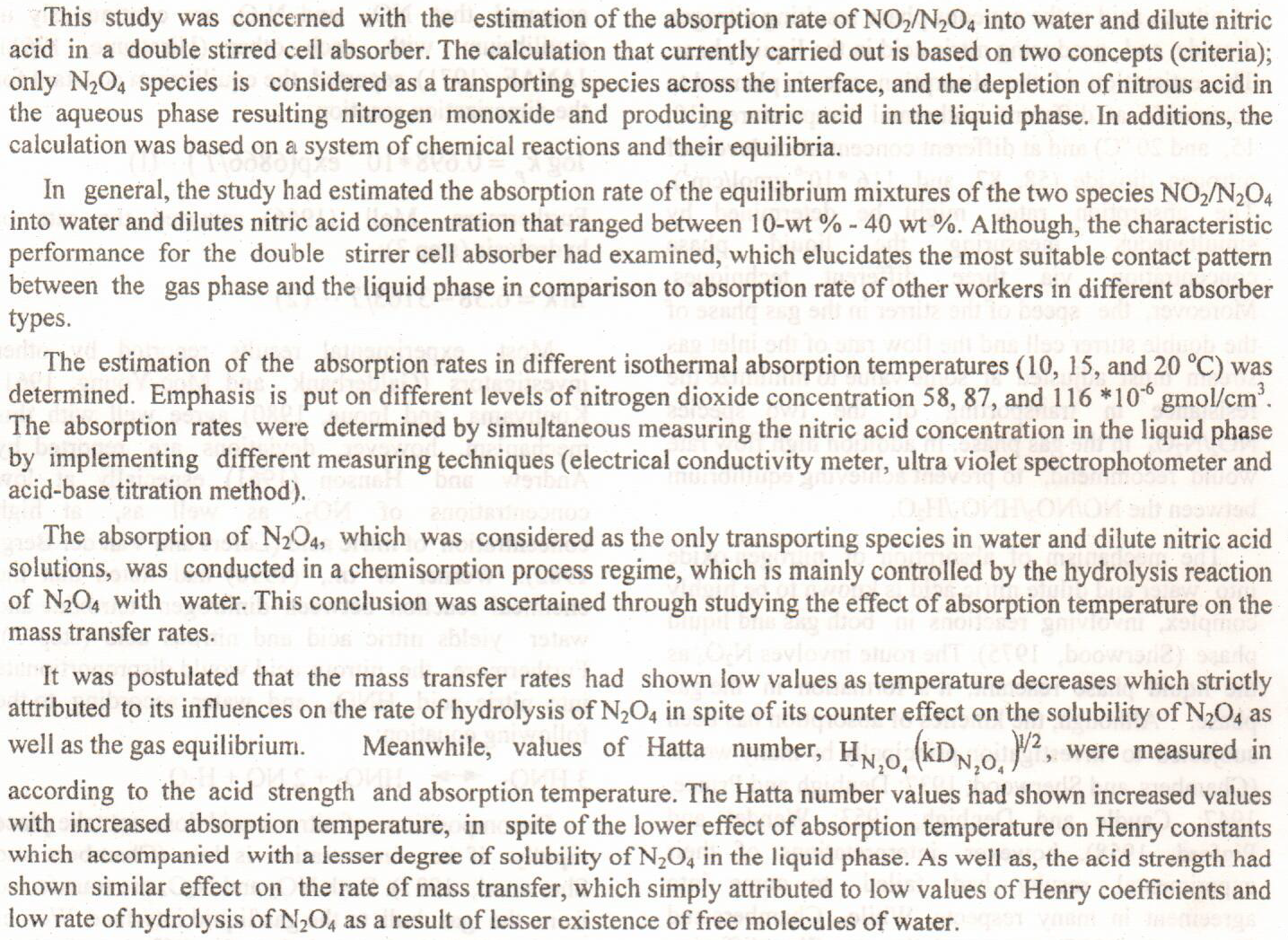
Background: Temporomandibular joint disorders refer to a group of heterogeneous pain and dysfunction conditions involving the masticatory system, reducing life quality of the sufferers. Arthrocentesis is simple and less invasive surgical procedure for the treatment of internal derangement than arthroscopy and better than other conservative procedures such as drugs, occlusal appliances and physiotherapy. The aim of the study was to evaluate the effect of arthrocentesis with injection of hyaluronic acid in the treatment of internal derangement of temporomandibular joint for the restoration of its function, reducing pain and preventing further deterioration of the temporomandibular joint dysfunction. Materials and methods: This study was perfo
... Show MoreObjective: Conventional approaches for disinfection, including spraying and immersion, resulted in only surface disinfection of impressions. As a result, self-disinfecting impression materials incorporated with antimicrobial compounds require more extensive studies. The incorporation of a disinfectant into irreversible hydrocolloid impression materials could eliminate the need for the disinfection step by conventional approaches, including spraying and immersion which only result in surface disinfection of impressions. The study was aimed to investigate the effect of incorporation of hypochlorous acid in irreversible hydrocolloid materials on antimicrobial efficiency, detail reproduction, and dimensional stability. Materials and
... Show MoreABSTRACT : A new ligand [ 2- (3-acetylthioureido)-3-phenylpropanoic acid (APA) is synthesized by reaction of acetyl isothiocyanate with phenylalanine (1:1). It is characterized by micro elemental analysis (C.H.N.S.), FT-IR, (UV-Vis) and 1H and 13CNMR spectra. Some metals ions complexes of this ligand were prepared and characterized by FT-IR, UV-Visible spectra, conductivity measurements, magnetic susceptibility and atomic absorption. From results obtained, the following formula [M(APA)2] where M2+ = Mn, Co, Ni, Cu, Zn, Cd and Hg, the proposed molecular structure for these complexes as tetrahedral geometry, except copper complex is has square planer geometry.
New schiff bases series (VIII) a-e and 1,3-thiazolidin-4-one derivatives (IX) a-e containing the 1,2,4-triazole and 1,3,4-thiazazole rings were synthesized and screening their biological activities. These compounds were identified via Fourier transform infrared (FT-IR) spectra, some via Proton nuclear magnetic resonance (1H-NMR) and mass spectra. The biological results indicated that all of these compounds did not reveal antibacterial effectiveness against (Escherichia coli and Klebsiella species) (G-). Some of these compounds showed moderate antibacterial activity against (Staphylococcus aureus, and Staphylococcus epidermidis) (G+), and all compounds exhibited moderate activity against Candida albicans.
 (1)
(1)
This study aimed to study the effect of Ziziphus spina christi Aqueous cold and Alcoholic leaves and fruits extracts on the growth and activities of the following types of bacteria :( Escherichia coli, Pseudomonas aeruginosa, Staphylococcus aureus and Streptococcus pyogenes ). The results appeared outweigh the alcoholic extract of leaves and fruits of Sidr that prepared by saxholate extractor by addition of ethanol 95% significant superiority as compared with aqueous extract that prepared by using distilled water as was its influence inhibitor to the growth and effectiveness of bacteria , about the treatment of in-vivo to cause injury to these types of bacteria diagnosed laboratory mice and treated with alcoholic extract of the leaves o
... Show More (3)
(3)
A batch and flow injection (FI) spectrophotometric methods are described for the determination of barbituric acid in aqueous and urine samples. The method is based on the oxidative coupling reaction of barbituric acid with 4-aminoantipyrine and potassium iodate to form purple water soluble stable product at λ 510 nm. Good linearity for both methods was obtained ranging from 2 to 60 μg mL−1, 5–100 μg mL−1 for batch and FI techniques, respectively. The limit of detection (signal/noise = 3) of 0.45 μg mL−1 for batch method and 0.48 μg mL−1 for FI analysis was obtained. The proposed methods were applied successfully for the determination of barbituric acid in tap water, river water, and urine samples with good recoveries of 99.92
... Show More (13)
(13)
 (5)
(5)
Background: The immunogenetic predisposition
may be considered as an important factor for the
development of Type 1 Diabetes Mellitus (T1DM)
in association with the HLA antigens.
Objective:This study was designed to investigate
the role of HLA-class II antigens in the etiology of
type T1DM and in prediction of this disease in
siblings, and its effect on expression of glutamic
acid decarboxylase autoantibodies (GADA).
methods:Sixty children who were newly diagnosed
type 1 diabetes (diagnosed less than five months)
were selected. Their age ranged from 3-17 years.
Another 50 healthy siblings were available for this
study, their ages range from 3-16 years. Eighty
apparently healthy control subjects,
Background: Small cardamom or green cardamom is the dried fruit of the tall perennial herbaceous plant, Elettaria cardamomum Maton belonging to the family Zingiberaceae. The major use of small cardamom on world wide is for domestic culinary purpose and in medicine. This study was conducted to test the effect of small cardamom extracts on Mutans streptococci and Candida Albicans in comparison to 0.2% chlorhexidine gluconate and de-ionized water in vivo. Materials and Methods: Mutans streptococci and Candid Albicans were isolated, purified and diagnosed according to morphological characteristic and biochemical test. In this experiments, the effect of control agents and small cardamom extracts as a mouth rinses was tested on the saliva
... Show MoreTwo new ligands Na2[ H3B (BDIA)].0.05H2O (L1)(BDIA = 1-Boranyl-2,3-
Dihydro-1H-Indol-3-yl)]Acetic Acid and Na3[H2B(BDIA)2].0.3H2O.0.3CH3Ph (L2)
were synthesized by reaction of NaBH4 with indole -3- acetic acid (IAA) . The
coordination properties of ligands were studied with Co(II) , Ni(II) , Cu(II) and
Pt(IV) ions. Characterization and structural aspects of the prepared compounds were
elucidated by 1HNMR, FTIR electronic spectra, magnetic susceptibility, elemental
and metal analysis, thermal analysis (TG & DTG) and conductivity measurements.
The obtained data for metal complexes suggested square planar geometry for
copper complexes, octahedral geometry for nickel and platinium complexes and
tetrahedral geom
